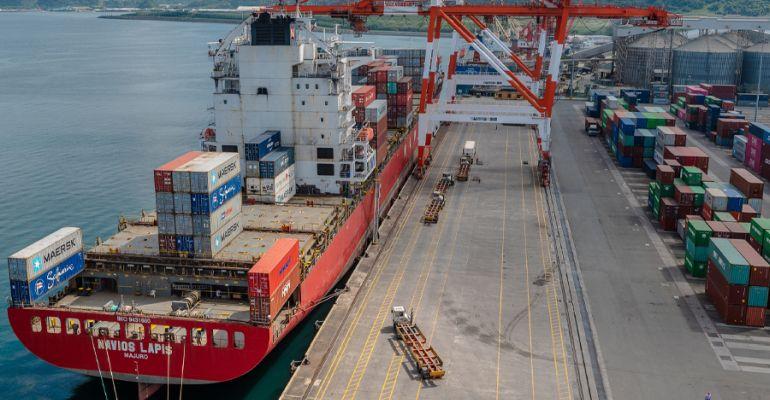The endorsement highlights the terminal’s role in ensuring unimpeded trade for the livestock and feed milling industries. It is also an encouragement for importers to use the Subic container port to help make feeds more readily available and affordable to farmers.
“Given the initiatives of the current administration to support affordable and accessible food for the Filipino people, industry players should be able to tap services which are competitive and will provide access where Filipino consumers demand products,” the DA endorsement letter said.
In the case of animal feed importation, container ports like SBITC offer faster and more reliable operation as containerisation eliminates weather-related delays that affect the handling of breakbulk cargo.
SBITC, for its part, is making conscious efforts to make transactions more seamless and beneficial for industry end users, which help reduce livestock production costs and ease the burden on consumers.
“SBITC is a strategic hub connecting the greater Manila and Central Luzon, the center of the country’s agriculture trade. Compared to other ports, we offer lower port fees and up to 10 days of free storage for our partners,” said Roberto Locsin, general manager of SBITC.
Locsin added that “travel-wise, the port of Subic is already well-connected to Manial and new infrastructure projects in the pipeline will only improve mobility. Additionally, trucks can freely move to and from Subic to facilities north of Metro Manila, contributing to faster movement of goods and supplies during critical months.”
Copyright © 2024. All rights reserved. Seatrade, a trading name of Informa Markets (UK) Limited.
Add Seatrade Maritime News to your Google News feed.  |

